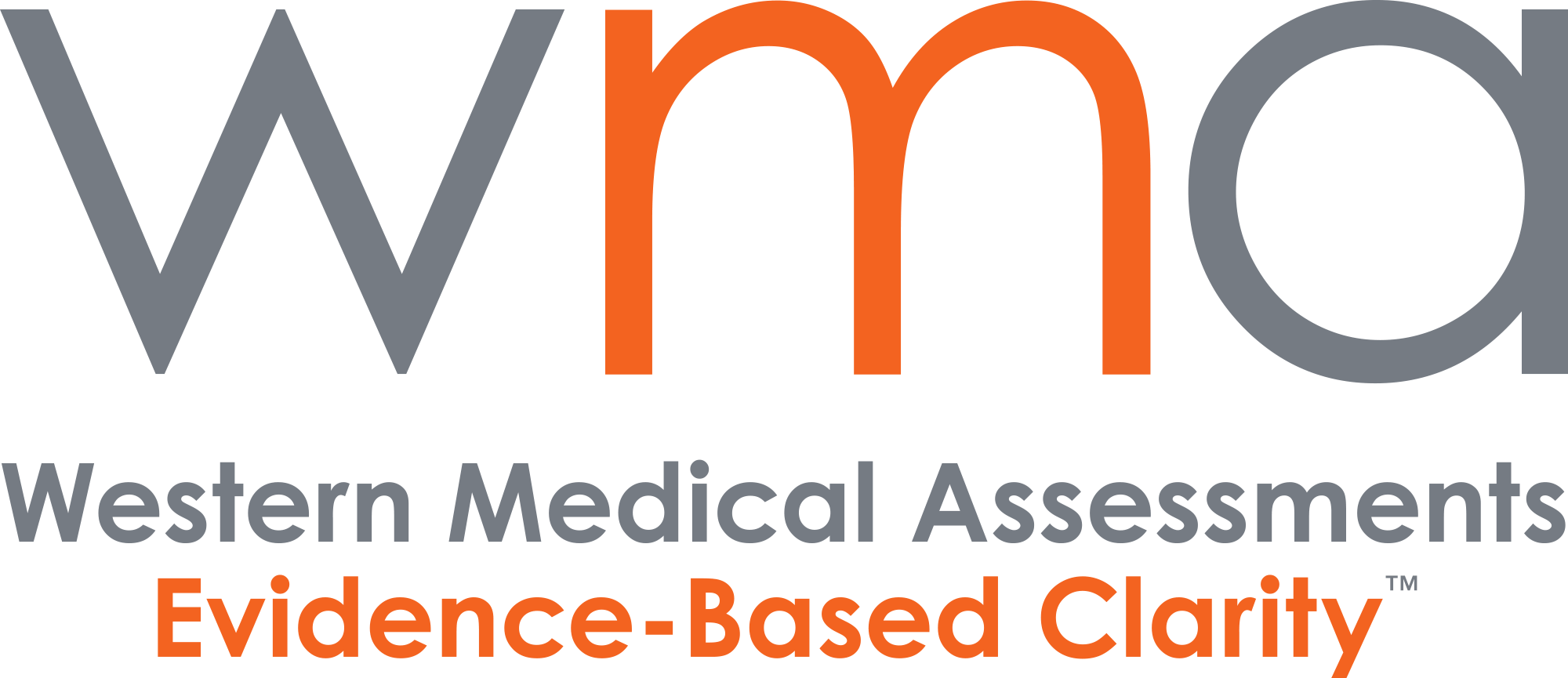Date from GEN
Scientists at Tufts University School of Medicine have made significant advances in imaging technology that shed light on the wide-ranging consequences of traumatic brain injury (TBI) on brain function. Their research, which was just published in Cerebral Cortex, provides important new understandings of how the brain recovers from injury.
Traumatic brain injury (TBI), which is frequently caused by events like falls or auto accidents, not only impairs brain function where it occurs but also causes alterations throughout the brain. Researchers discovered evidence of coordinated attempts in both brain hemispheres to form new neuronal pathways, making up for those destroyed as a result of injury, using an animal model of traumatic brain injury.
The researchers stated that “Traumatic brain injury (TBI) is the leading cause of death in young people and can cause cognitive and motor dysfunction and disruptions in functional connectivity between brain region,”. Using widefield mesoscale calcium imaging and electrocorticography, they investigated changes in functional connectivity in mice that had suffered traumatic brain injury.
First author Samantha Bottom-Tanzer, MD, a neuroscience PhD candidate, notes that “even areas far away from the injury behaved differently immediately afterward,” highlighting the pervasive effect of traumatic brain injury on brain function. This work emphasizes the significance of investigating distant regions to obtain a thorough understanding of changes in the brain following injury, whereas standard TBI research concentrates on the site of injury.
Lead by senior author Chris Dulla, PhD, the research team investigated the effects of traumatic brain injury on several brain states. “After traumatic brain injury, this ability is not as robust, indicating such events are impairing how the brain switches states in a way that we don’t yet understand,” Dulla said. But the research also demonstrated the brain’s amazing flexibility, offering fresh approaches to carrying out challenging tasks even in the face of impairment.
In the future, the researchers hope to use their imaging method to track patients’ brain activity while engaging in other activities, providing important information on the type and severity of their impairments. “Our data indicates there are fluctuations [in brain states], and it might offer opportunities to explore different interventions for physical therapy, speech therapy, and more,” Bottom-Tanzer stated.
Beyond just helping to comprehend TBI recovery, the study’s implications can be used to inform individualized treatment plans that are based on each patient’s particular patterns of brain activity. Bottom-Tanzer, Dulla, and associates have the potential to transform traumatic brain injury diagnosis, treatment, and rehabilitation approaches as they continue their investigation into long-term post-recovery modifications.
=================================================================
Considering an IME or document review to resolve an insurance claim, legal file, or workplace health and safety issue?
Our specialists provide evidence-based opinions, so get in touch with Western Medical today to learn more about our services.

